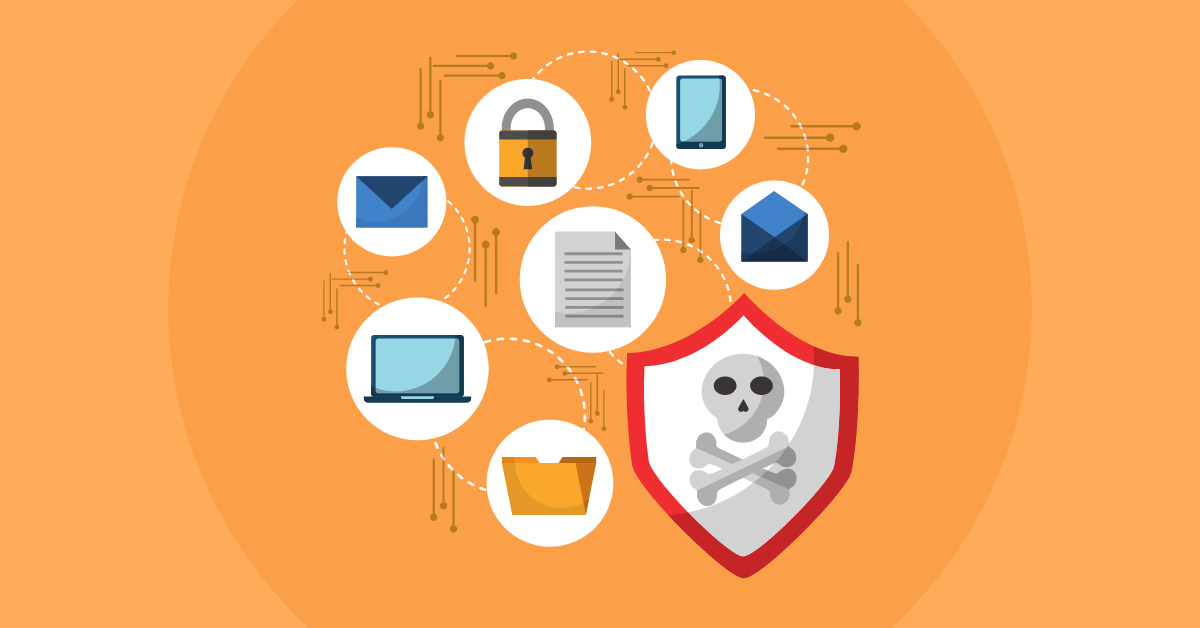
Mitigating digital risks is a crucial ingredient for a thriving business. Last year in 2023, the average data breach cost for businesses was $4.45 million. As a result, about 60% of small businesses shuttered because they couldn’t sustain the financial impact.
As the toll of digital attacks rises each year, businesses are often left scrambling to identify security gaps and build adequate defenses. However, with robust threat monitoring, companies can prepare for attacks and take a proactive stance on security.
Threat monitoring is necessary for proper cybersecurity, especially when safeguarding applications. It’s a multifaceted concept that involves continuous observation and data analysis to detect, identify, and respond to potential security threats.
Below, we’ll dive into threat monitoring, explaining how businesses need it to fortify themselves in the digital age.
Apps are prime targets for cyber-attacks. Each day, users spend about 4.4 hours on digital apps. So, to ensure the best experience, businesses constantly add features, issue patches, and alter code.
Regular updates are great for maintaining good UX, but they present some security issues, such as faulty or exposed code or risk of credential theft.
Unaddressed, these issues can form exploitable threats and wreak havoc on a company. Certain factors are outside of a company’s control, such as a user running their app from an insecure environment. But threat monitoring helps prepare for such realities.
Threat monitoring proactively identifies vulnerabilities and suspicious activities, enabling timely intervention. It’s not just about detecting threats but also understanding and mitigating them effectively, which comes through detailed insight and direct analysis.
How does threat monitoring work in practice? Ultimately, the process of monitoring to boost app security consists of three main steps:
Upon exercising these steps, security teams can deduce how to eliminate threats. For example, they might identify a credential tampering threat. As a result, they can implement anti-tampering software or multi-factor identification.
On the other hand, threat monitoring tools could identify vulnerable code. Here, DevSecOps teams might issue app code security techniques like obfuscation or code hardening.
Effective threat monitoring requires investment in the right tools. But are these tools worth the cost?
Ultimately, businesses must decide according to their need, but it must be done after understanding the benefits.
Below are the key benefits of a deliberate approach to threat monitoring.
Successful threat monitoring hinges on identifying attacks and weaknesses early. By doing so, companies can prevent unauthorized data access and theft or solve software bugs.
Thoughtful threat monitoring strategies and tools use data analysis to identify network, server, and app vulnerabilities quickly, resulting in immediate action before they escalate.
Analysis tools are critical for analyzing app integrity, ensuring it complies with the latest data security rules and regulations. These audit tools decrease the likelihood of non-compliance, leading to massive fines and damaged business reputations.
Threat monitoring benefits users in many ways. For one, it monitors web traffic, helping alert web managers to bugs or traffic issues that slow the app or cause it to crash.
Down-time, stoppages, and bogged-down runtime behavior are also threats that can pose a financial risk.
Monitoring tools track measurements and send automated alerts as soon as traffic levels spike. These alerts allow businesses more time to react and keep apps running efficiently.
Threat monitoring also gives users more peace of mind. After all, 55% of users worry about mobile app security, and using tools to prioritize security increases vigilance, decreasing the likelihood of a severe security incident. Such tools are critical for apps that handle sensitive client data, such as financial or medical information.
As technology advances, so do possibilities for higher-quality threat monitoring. Here are some of the most modern tools used for threat monitoring today:
Threat monitoring has many benefits, but it’s not without challenges. Companies must understand these challenges as they seek to institute effective threat processes to eliminate security gaps and downtime.
For example, many threat monitoring systems report false positives, wasting time and distracting teams from handling real threats.
However, security teams can address these challenges by employing a few helpful techniques, including:
Businesses can’t forsake investing in DevSecOps and threat monitoring. It’s an increasingly fundamental element to avoid data breaches, ensure compliance, and maintain user trust.
Now, 51% of companies want to invest more in digital security, meaning it’s a matter of competition, not just security.
If your business wants to boost its approach to threat monitoring, consider one of PreEmptive’s app hardening and protection solutions. These tools integrate seamlessly with existing systems to repel code-based attacks, harden code, and access robust reporting features to gain valuable insights.
See for yourself and sign up for a free trial today!